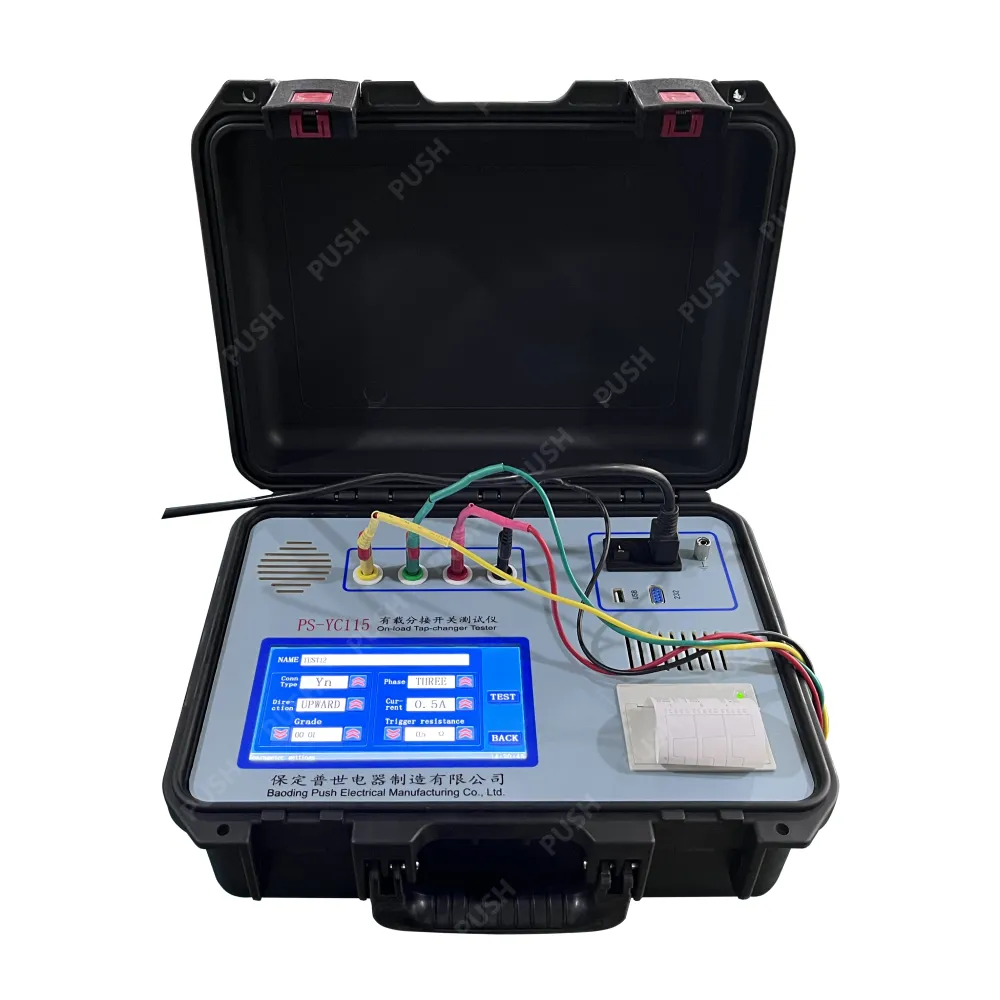TEL:
+86-0312-3189593
 English
English

Telephone:0312-3189593

Email:sales@oil-tester.com

-
 Afrikaans
Afrikaans -
 Albanian
Albanian -
 Amharic
Amharic -
 Arabic
Arabic -
 Armenian
Armenian -
 Azerbaijani
Azerbaijani -
 Basque
Basque -
 Belarusian
Belarusian -
 Bengali
Bengali -
 Bosnian
Bosnian -
 Bulgarian
Bulgarian -
 Catalan
Catalan -
 Cebuano
Cebuano -
 China
China -
 China (Taiwan)
China (Taiwan) -
 Corsican
Corsican -
 Croatian
Croatian -
 Czech
Czech -
 Danish
Danish -
 Dutch
Dutch -
 English
English -
 Esperanto
Esperanto -
 Estonian
Estonian -
 Finnish
Finnish -
 French
French -
 Frisian
Frisian -
 Galician
Galician -
 Georgian
Georgian -
 German
German -
 Greek
Greek -
 Gujarati
Gujarati -
 Haitian Creole
Haitian Creole -
 hausa
hausa -
 hawaiian
hawaiian -
 Hebrew
Hebrew -
 Hindi
Hindi -
 Miao
Miao -
 Hungarian
Hungarian -
 Icelandic
Icelandic -
 igbo
igbo -
 Indonesian
Indonesian -
 irish
irish -
 Italian
Italian -
 Japanese
Japanese -
 Javanese
Javanese -
 Kannada
Kannada -
 kazakh
kazakh -
 Khmer
Khmer -
 Rwandese
Rwandese -
 Korean
Korean -
 Kurdish
Kurdish -
 Kyrgyz
Kyrgyz -
 Lao
Lao -
 Latin
Latin -
 Latvian
Latvian -
 Lithuanian
Lithuanian -
 Luxembourgish
Luxembourgish -
 Macedonian
Macedonian -
 Malgashi
Malgashi -
 Malay
Malay -
 Malayalam
Malayalam -
 Maltese
Maltese -
 Maori
Maori -
 Marathi
Marathi -
 Mongolian
Mongolian -
 Myanmar
Myanmar -
 Nepali
Nepali -
 Norwegian
Norwegian -
 Norwegian
Norwegian -
 Occitan
Occitan -
 Pashto
Pashto -
 Persian
Persian -
 Polish
Polish -
 Portuguese
Portuguese -
 Punjabi
Punjabi -
 Romanian
Romanian -
 Russian
Russian -
 Samoan
Samoan -
 Scottish Gaelic
Scottish Gaelic -
 Serbian
Serbian -
 Sesotho
Sesotho -
 Shona
Shona -
 Sindhi
Sindhi -
 Sinhala
Sinhala -
 Slovak
Slovak -
 Slovenian
Slovenian -
 Somali
Somali -
 Spanish
Spanish -
 Sundanese
Sundanese -
 Swahili
Swahili -
 Swedish
Swedish -
 Tagalog
Tagalog -
 Tajik
Tajik -
 Tamil
Tamil -
 Tatar
Tatar -
 Telugu
Telugu -
 Thai
Thai -
 Turkish
Turkish -
 Turkmen
Turkmen -
 Ukrainian
Ukrainian -
 Urdu
Urdu -
 Uighur
Uighur -
 Uzbek
Uzbek -
 Vietnamese
Vietnamese -
 Welsh
Welsh -
 Bantu
Bantu -
 Yiddish
Yiddish -
 Yoruba
Yoruba -
 Zulu
Zulu
Faoi . 31, 2025 02:46
Back to list
bdv transformer test
Understanding the importance of maintaining optimal performance and longevity of transformers is crucial. One essential aspect of this maintenance is the acidity test of transformer oil, which may seem a niche topic but is vital to ensure the equipment's operational integrity. Ensuring that transformer oil remains within acceptable acidity levels is fundamental to preventing equipment failure and extending the service life of these significant assets. This article covers the essential aspects of acidity testing for transformer oils, combining real-world experiences with authoritative insights from industry experts to offer a comprehensive guide.
One notable experience from the field reinforces this critical practice. In early 2020, during a routine inspection at a power substation in Eastern Europe, an acidity test revealed borderline acid content in the transformer oil of several units. Thanks to early diagnosis, the maintenance team initiated corrective measures, including reconditioning the oil, which involved filtering and chemical treatment. This swift action prevented a potential breakdown, saving the utility provider from an exorbitant replacement cost. Besides practical intervention, it’s also worth noting the historical context of analytical methods for maintaining transformer oil health. Industry regulations and standards have been fine-tuned over the decades, informed by failures and innovations alike. The International Electrotechnical Commission (IEC) and American Society for Testing and Materials (ASTM) have both established guidelines to ensure transformers operate within safe parameters. Transformers are hefty investments, and their uninterrupted performance is critical for reliable power distribution. Ensuring oil quality through regular acidity testing improves the trustworthiness and operational reliability of power systems. In conclusion, the acidity test of transformer oil is more than just a standard procedure; it’s a critical component of a comprehensive maintenance strategy that secures the longevity and reliability of electrical infrastructure. Encouraging the industry to adopt stringent monitoring protocols fortifies the infrastructure backbone. It aids in establishing a precedent that underscores the value of engineering excellence and foresight, reinforcing the authoritative role that precise maintenance practices play in the broader narrative of power system resilience and efficiency.


One notable experience from the field reinforces this critical practice. In early 2020, during a routine inspection at a power substation in Eastern Europe, an acidity test revealed borderline acid content in the transformer oil of several units. Thanks to early diagnosis, the maintenance team initiated corrective measures, including reconditioning the oil, which involved filtering and chemical treatment. This swift action prevented a potential breakdown, saving the utility provider from an exorbitant replacement cost. Besides practical intervention, it’s also worth noting the historical context of analytical methods for maintaining transformer oil health. Industry regulations and standards have been fine-tuned over the decades, informed by failures and innovations alike. The International Electrotechnical Commission (IEC) and American Society for Testing and Materials (ASTM) have both established guidelines to ensure transformers operate within safe parameters. Transformers are hefty investments, and their uninterrupted performance is critical for reliable power distribution. Ensuring oil quality through regular acidity testing improves the trustworthiness and operational reliability of power systems. In conclusion, the acidity test of transformer oil is more than just a standard procedure; it’s a critical component of a comprehensive maintenance strategy that secures the longevity and reliability of electrical infrastructure. Encouraging the industry to adopt stringent monitoring protocols fortifies the infrastructure backbone. It aids in establishing a precedent that underscores the value of engineering excellence and foresight, reinforcing the authoritative role that precise maintenance practices play in the broader narrative of power system resilience and efficiency.
Latest news
-
Testing Equipment Industry Sees Major Advancements in 2025: Smart & Precision Technologies Lead the WayNewsJun.06,2025
-
Applications of Direct Current Generators in Renewable Energy SystemsNewsJun.05,2025
-
Hipot Tester Calibration and Accuracy GuidelinesNewsJun.05,2025
-
Digital Circuit Breaker Analyzer Features and BenefitsNewsJun.05,2025
-
Benefits of Real-Time Power Quality Monitoring Devices for Industrial EfficiencyNewsJun.05,2025
-
Earth Fault Loop Testing in High-Rise Building Electrical SystemsNewsJun.05,2025



